This story that I am sharing with you is about an older man who has cerebral palsy. He is now living in a nursing home. But that's not the focal point of his story. This gentleman has a gift. He is an artist. His brush is an old fashioned manual typewriter and his canvas is paper. You see, he uses a typewriter and his finger to put his visions onto paper for us to see, and his work is incredible. What is more amazing is his personality and outlook on life. His artwork is his passion, his pride and joy. Regardless of the indignities brought upon him by his physical impairments, and the limitations on his life's experiences and roads traveled, his creative spirit drives him on. And we are fortunate to receive the gifts he shares.
Grab your tissues, and watch this artist in action. He along with his talents are amazing.
http://pulptastic.com/extraordinary-man-severe-cerebral-palsy-creates-incredible-works-art-using-typewriter/


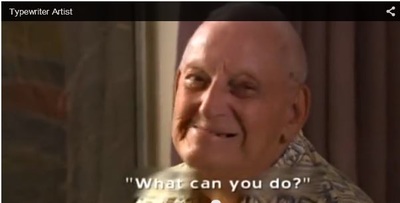
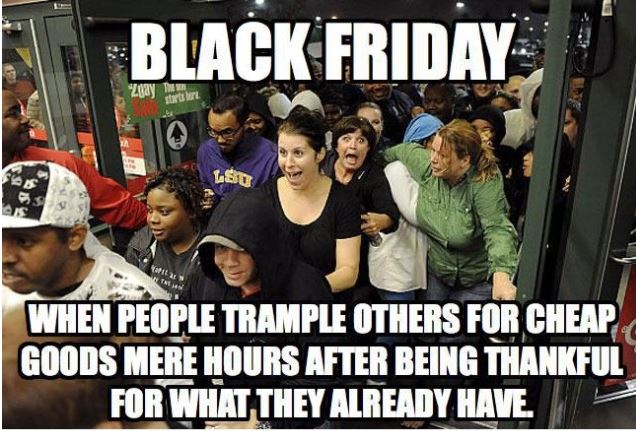
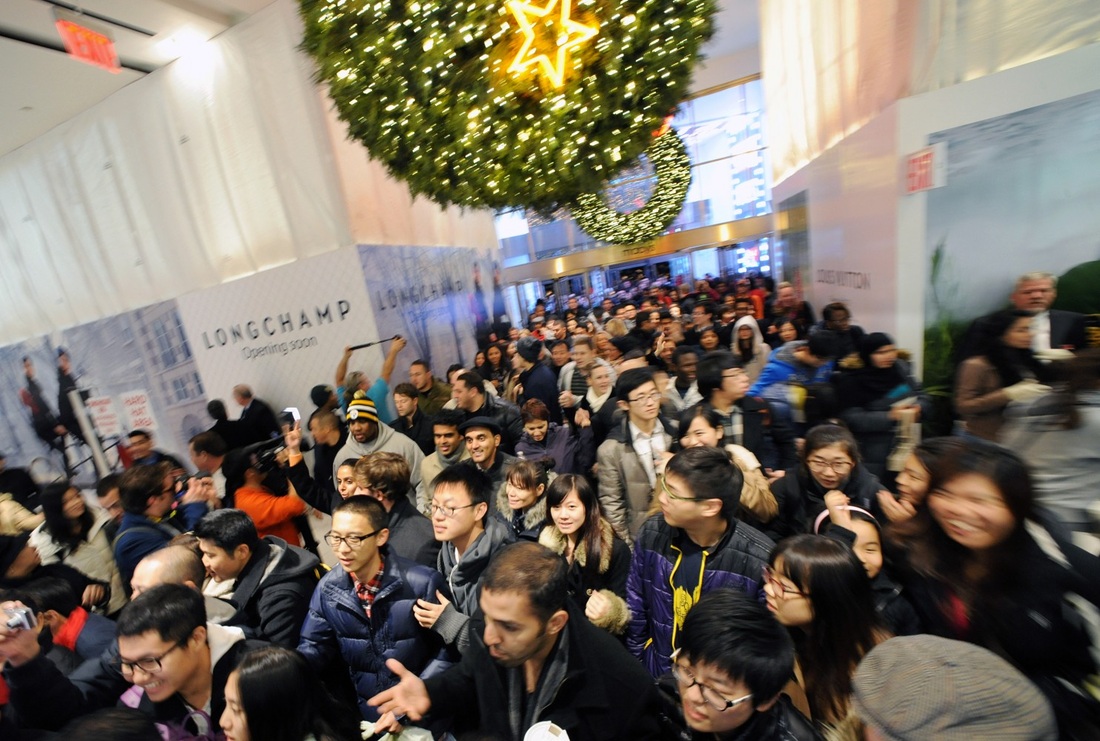
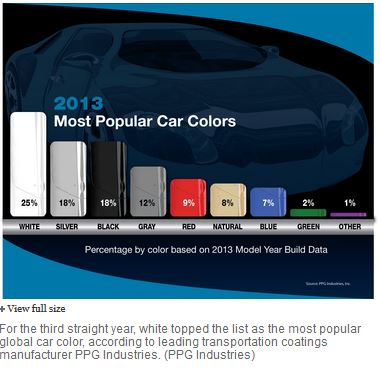
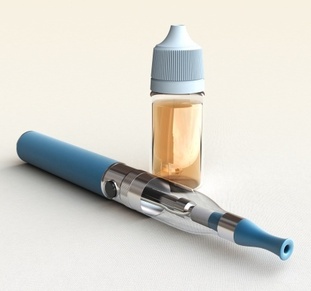


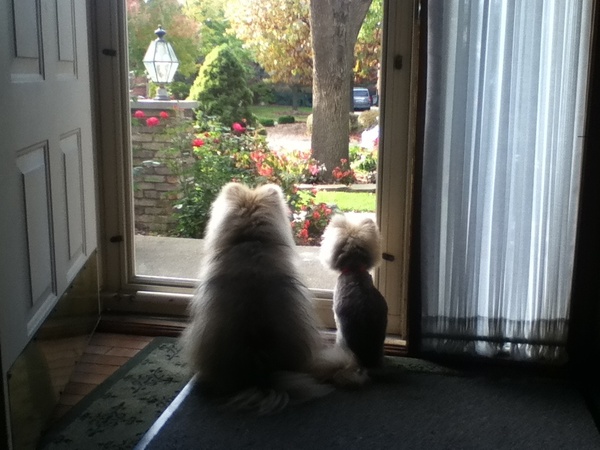



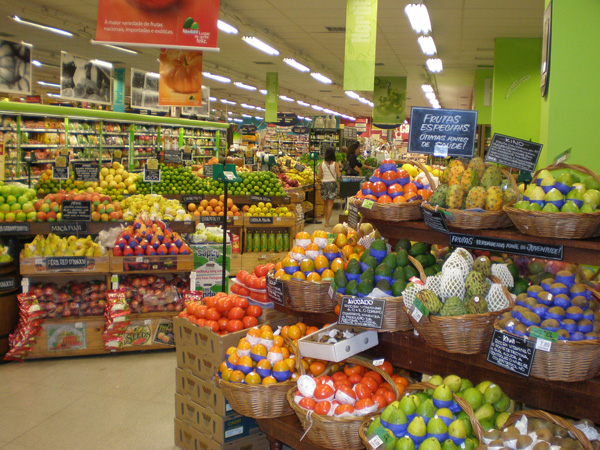
 RSS Feed
RSS Feed
